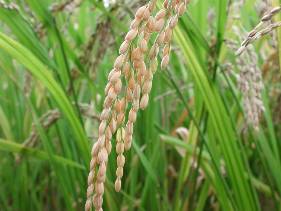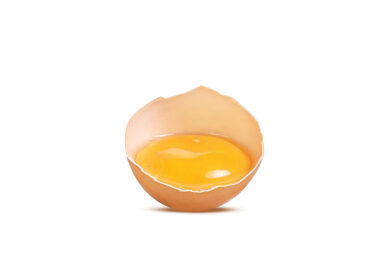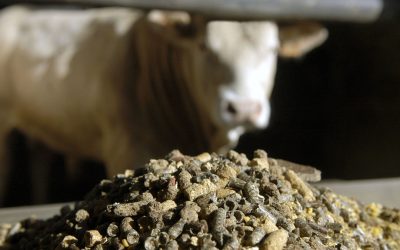Japan cuts stockpiles of US corn in favour of own rice

Japan will diminish its stockpiles of corn and sorghum by one third next fiscal year, cutting imports. Being the largest buyer of US grain the country aims to boost feed rice output to reduce its reliance on overseas supplies.
The country’s corn and sorghum inventories will drop 600,000 to 400,000 tonnes in the year ending March 31, said Eri Utamaru, assistant director at the livestock production and feed division of the Ministry of Agriculture, Forestry and Fisheries.
Corn represents about 90% of Japan’s feed grains stored for this year, she said in an interview in Tokyo.
Japan is aiming to boost feed-rice production by tenfold to 700,000 tonnes a year within the next decade on concern that growth in China, an expanding global population and improving diets will tighten supplies.
The government also wants to promote the use of waste materials from Japanese food processors, aiming to replace 630,000 tonnes of corn in feed annually by the year ending March 2021.
Rice now also for animal feed
“Japan is enhancing the role of its rice as an alternative to US corn,” said Nobuyuki Chino, president of Unipac Grain Ltd. in Tokyo.
“Competition between Japan and other corn buyers intensified” as China became a net importer this year and Russia’s ban on grain exports prompted countries such as South Korea and Egypt to seek alternative supplies from the US, he said.
Japan imported 11 million tonnes of feed corn last year, 96% of it from the US.
Import costs
The cost of importing US corn into Japan has increased to about 25,000 yen ($298) per tonne, including freight, Chino said.
In December, import costs averaged about 20,000 yen, according to the Feed Supply Stabilization Organization, a Tokyo-based industry group.
Encouraging farmers
The agriculture ministry plans to boost cash payments to domestic growers of rice, wheat and five other crops by 42% to 796 billion yen next fiscal year as it expands an income-support program to improve food self-sufficiency.
Japan produces 40% of its food, the lowest level among industrialized nations, according to the ministry.
The ministry plans to cut its budget for stockpiling feed corn and sorghum by 34% to 2.75 billion yen next fiscal year, said Utamaru at the livestock division.
“Even if we reduce inventories, that won’t hurt stability in feed-grain supplies,” she said. “We expect more products to come from domestic growers.”
Feed barley
Imports of feed barley and wheat through state tenders may expand this fiscal year, helping to stabilize supply, as the ministry boosted purchasing opportunities for feed mills and trading houses, Utamaru said.
The ministry, which previously held feed-grain import tenders twice a month, began holding the events every week from July, responding to industry requests.
Japan imported 1.35 million tonnes of feed grains through state tenders last fiscal year, of which 1.22 million tonnes was barley and the rest was wheat.
“Imports may increase by about 100,000 tonnes this fiscal year as we increased tenders,” Utamaru said.
Japan imports rice, wheat and barley under the state trading system to stabilize supplies. For corn, Japanese feed mills purchase the grain through trading companies in private deals with shippers such as Cargill Inc.
For feed-use grains, the ministry holds tenders under the so-called simultaneous buy-and-sell system, in which end-users and trading companies jointly bid for supplies of any origin and quality.
Source: Bloomberg
Also read: Japan supports rice feeding to animals











